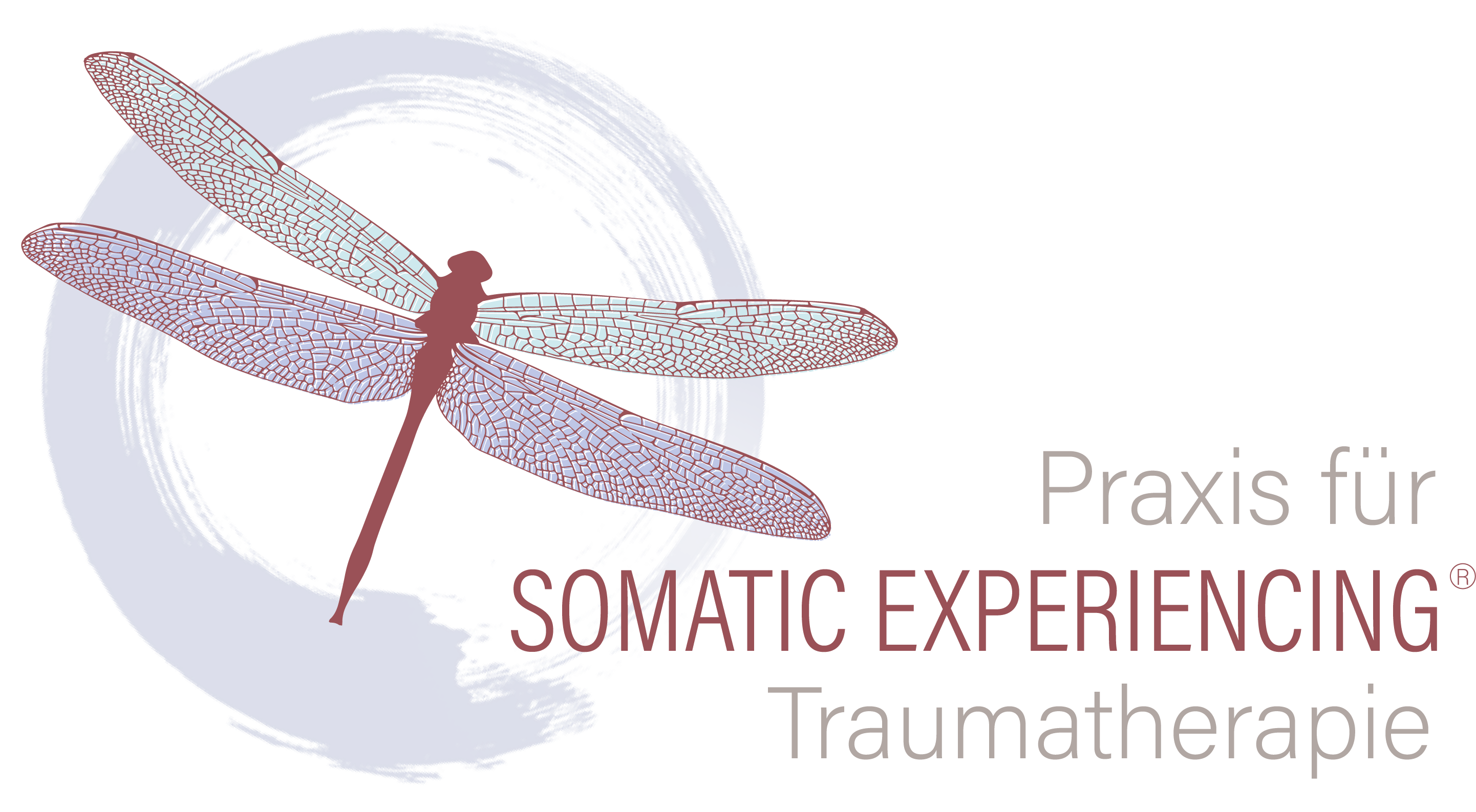“Trauma is in the nervous system,
not in the event.”
Peter A. Levine

Somatic Experiencing (SE)® has been developed by Dr. Peter A. Levine (USA). He holds PhDs in both medical biophysics and psychology and is an internationally recognized expert in the field of trauma healing. He and his team have been training therapists using his method since the 1990s. To understand the mechanisms of stress management, Levine first turned to biology.
Stress Response in Mammals: Fight or Flight vs. freeze
Levine wanted to know how animals naturally process life-threatening events. Why do animals in the wild not show symptoms of trauma despite being exposed to massive dangers and high levels of stress?
Mammals are equipped with two different reaction patterns in terms of their autonomic, involuntary nervous system, in which the sympathetic and the parasympathetic act differently with one another.

Fight or flight
When fight or flight is possible as a reaction to threat, the sympathetic nervous system becomes active. It ensures that the body can achieve maximum motor performance. Once the danger (or the chase) is over, the system regulates itself and the rhythm between the sympathetic and parasympathetic nervous system is restored. The latter is responsible for rest and relaxation in a natural rhythm.
We are biologically designed to experience short phases of very high arousal, i.e. stress, without this having negative consequences.
Traumas, Levine says, arise from the other reaction pattern:
The freeze response
It is used for survival in a confrontation with an overpowering opponent. In this reaction, part of the parasympathetic system takes over the control of the highly excited system and a “shutdown” occurs where the entire organism is brought down to a state similar to death.
When animals emerge from this freezing reaction, they usually go through a distinct tremor for a short period of time. The high level of excitation that was blocked by the shutdown is released.
This is the reason why wild animals do not experience trauma.

It is often different with humans:
our complex cognitive and emotional abilities can easily get in the way. Instinct-driven tremors are not accepted in modern societies, instead we try to get “under control” immediately. This is especially true in situations such as accidents or natural disasters.
Frequently, however, trauma is the result of repeated experiences of violence and humiliation. These are associated with complex emotional reactions such as fear, powerlessness and, especially in the case of sexual violence, shame. This creates vicious circles of chronic paralysis with the typical trauma symptoms of emotional numbness and dissociation.
In SE we look for the gap and stop this cycle.

